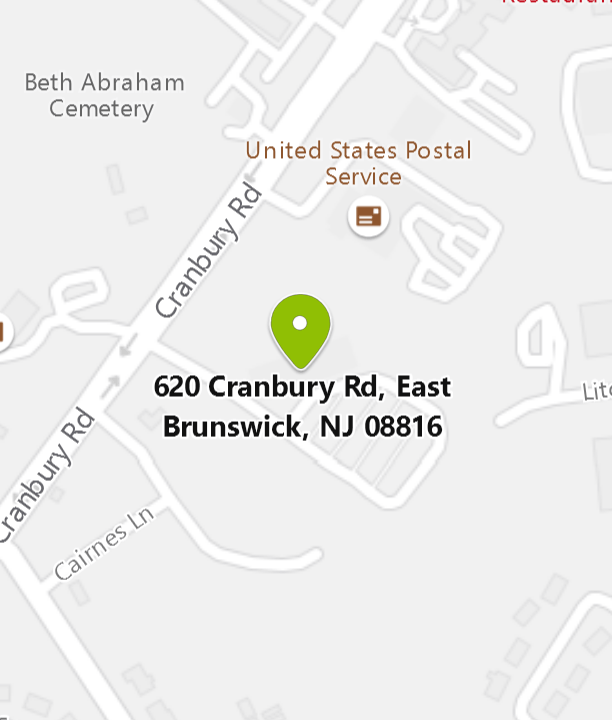This usually refers to skilled or manual (hands-on) techniques such as different types of therapeutic massage, mobilization, traction, exercise…
Mobilization
- Passive graded movements of the joint to restore mobility of that joint
- Used to increase/maintain mobility, relieve stiffness and pain
Therapeutic Massage
- A form of soft tissue mobilization using the hands, a systematic manipulation of the muscles and connective tissue
- Used to improve circulation, reduce swelling, relieve muscle spasm and tightness, stretch adhesions
- Manual lymphatic drainage to reduce swelling
Myofascial Release
- Fascia is the connective tissue that surrounds our joints and internal organs. It can tighten as a result of injury and inflammation
- Performed by the placement of the therapist’s hands on the body with a sustained applied pressure relying on the body’s feedback through the tissues
- Removes restrictions that impede movement
Postural Training: analysis of the body’s posture with corrective measures to correct alignment of the musculoskeletal system to reduce undue strain
Neuromuscular reeducation: retraining of movement, balance, coordination, posture and position sense
Gait training: analysis of the different stages of walking to determine any deviations and the training to re-educate the body in the proper movement patterns
Balance/coordination training: exercises and activities to improve the ability to maintain the body in equilibrium both statically (indifferent positions) and dynamically (in different activities).
Taping: use of athletic tape applied to a joint or soft tissue to help correct position, relieve pressure so that the body can move and exercise in a proper and less painful position
Therapeutic Exercise: Different types of exercises are used in your rehab program based on your diagnosis, plan of care and goals.
- Stretching – lengthening of the muscle/connective tissue
- PROM: passive range of motion – body part is moved with outside assistance either manually or by machine
- AAROM: active assisted range of motion – patient participates in the movement with outside help
- AROM: active range of motion – patient moves without outside assistance against gravity
- ARROM: active resisted range of motion – patient moves against resistance
- Isometrics: a type of strengthening where tension/force is developed by the muscle but there is no movement
- Isotonic: type of strengthening where constant resistance is applied to the movement
- Isokinetics: type of strengthening where there is variable resistance to the movement
- PRE’s: progressive resistive exercise – exercises that progress in terms of increasing resistance and repetitions
- Spinal Stabilization: progressive exercises to strengthen the supporting muscles of the spine
- PNF: proprioceptive neuromuscular facilitation are complex, diagonal body movements, positions, and techniques we use to regain function
In our physical therapy gym, we have a wide selection of therapeutic equipment and “toys” that are used in functional exercises and activities in an exercise program.
Contact us
For additional information, please contact us!

